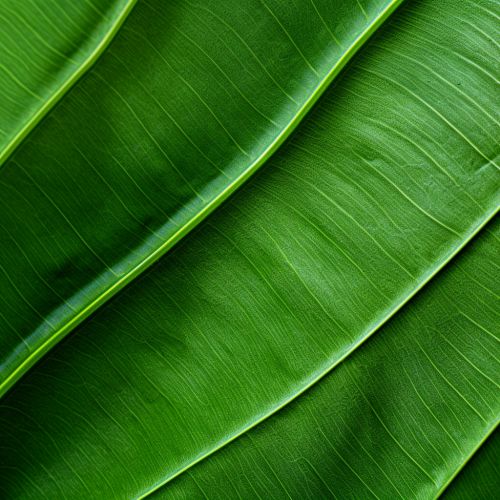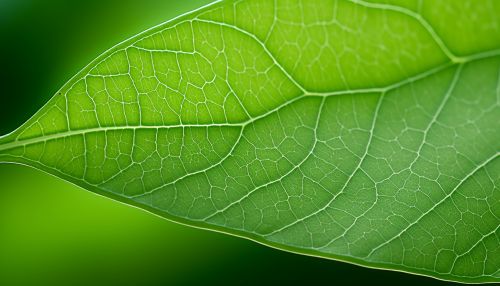Mechanisms of Plant Defense Against Insects and Diseases
Introduction
Plants, like all living organisms, are susceptible to a variety of insects and diseases. To protect themselves, they have evolved a range of defense mechanisms that are both physical and chemical in nature. These mechanisms are often complex and involve a variety of components, from physical barriers to chemical signals that attract predators of the attacking insects.


Physical Defenses
Physical defenses in plants are the first line of defense against insect and disease attack. These include structural features such as thorns, spines, and hairs, as well as tougher tissues like bark and waxy cuticles.
Thorns and Spines
Thorns and spines are sharp outgrowths from the plant's surface that deter insects and larger herbivores from feeding on the plant. They are typically hard and sharp, providing a physical barrier to insects and other pests.
Trichomes
Trichomes, or plant hairs, are another physical defense mechanism in plants. These tiny hairs can be sticky or contain toxic substances, deterring insects from landing on or eating the plant.
Cuticles
The cuticle is a waxy layer that covers the outer surface of the plant. It serves as a barrier to water loss and insect penetration, and can also contain chemicals that are toxic to insects.
Chemical Defenses
In addition to physical defenses, plants also employ a range of chemical defenses to protect themselves against insects and diseases. These include the production of toxic or repellent substances, as well as the release of volatile compounds that attract the natural enemies of their attackers.
Secondary Metabolites
Plants produce a wide range of secondary metabolites, many of which have defensive properties. These include alkaloids, terpenoids, and phenolics, which can be toxic, repellent, or antinutritive to insects.
Volatile Organic Compounds
Volatile organic compounds (VOCs) are another important component of plant defense. These compounds are released in response to insect attack and can serve several functions, including deterring the insect, attracting natural enemies of the insect, or signaling to other parts of the plant or to neighboring plants that an attack is underway.
Induced Defenses
In addition to their constitutive defenses, plants also have the ability to induce defenses in response to insect or disease attack. These induced defenses can be local, affecting only the part of the plant where the attack is taking place, or systemic, affecting the entire plant.
Localized Induced Defenses
Localized induced defenses are triggered by damage to a specific part of the plant. This can result in the production of defensive compounds at the site of damage, or the strengthening of physical barriers such as the cuticle or cell walls.
Systemic Acquired Resistance
Systemic Acquired Resistance (SAR) is a type of induced defense that involves the whole plant. When a part of the plant is attacked by a pathogen, the plant produces signal molecules that travel to other parts of the plant, triggering the production of defensive compounds throughout the plant.
Conclusion
The mechanisms of plant defense against insects and diseases are complex and multifaceted, involving a combination of physical barriers, chemical defenses, and induced responses. Understanding these mechanisms is crucial for the development of sustainable pest management strategies in agriculture.
